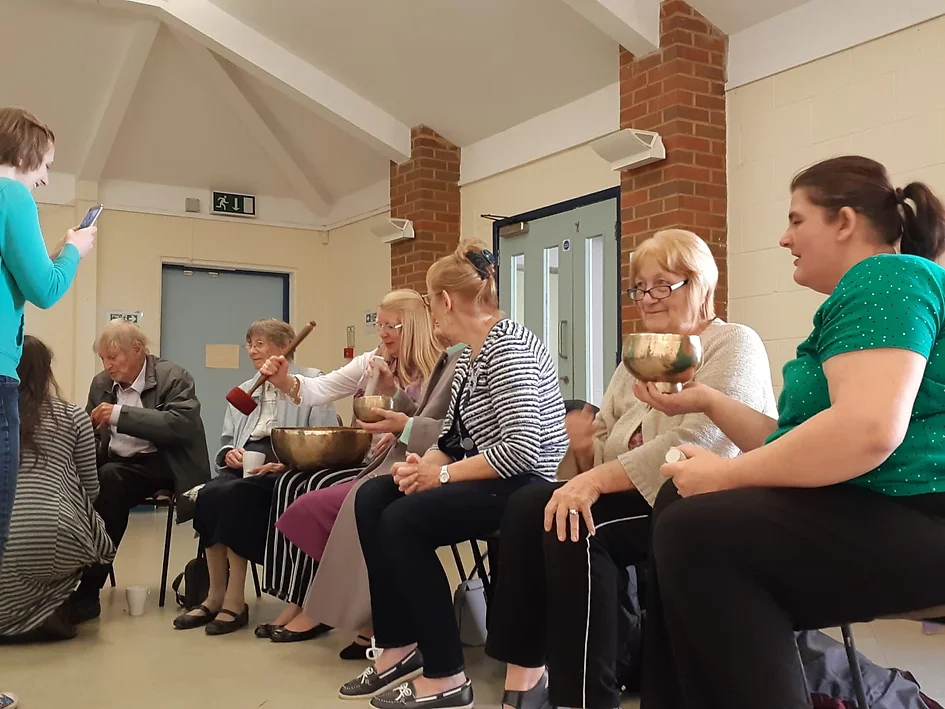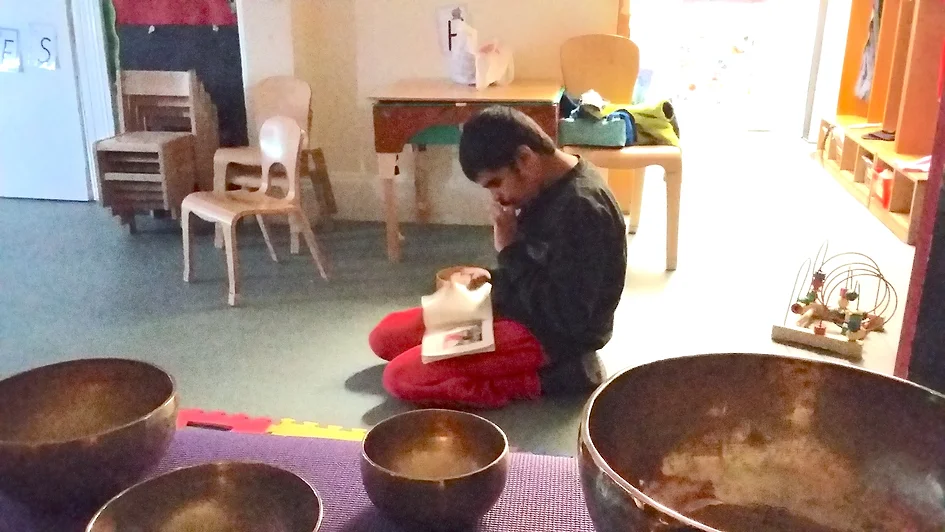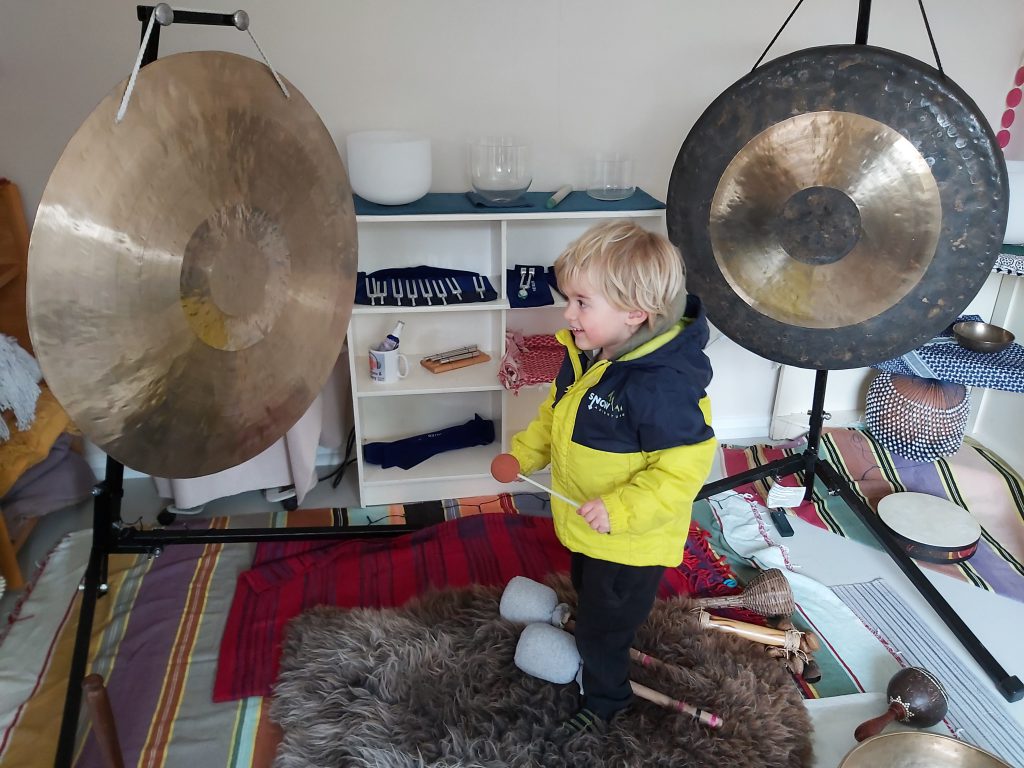Community & Special Needs
COMPLEX & SPECIAL NEEDS
Soesen has extensive experience working with groups and individuals with severe complex needs, learning difficulties, Autism, Dementia and Alzheimer’s, and people who are deaf/blind.
Having worked with numerous special schools and colleges and sensory centres, Soesen has learnt so much from the people she has worked with and really developed her practice in this area.
One of the many positive aspects of sound therapy is that the client does not have to ‘join in’. The sessions are passive which is particularly beneficial to people with mobility limitations.
As a sound therapist a huge part of my job is to observe. Sessions will begin using very gentle sounds to gauge how the client reacts to the different sounds. Instruments and sounds will be built up slowly over time, first of all gaining familiarity, trust and repetition.
It is not expected for the client/s to join in with the sound, interact with the instruments or be expected to make their own music or sounds. If this happens it is a bonus and will be observed and then used accordingly to suit the client. The sounds used are very powerful and will be affecting all exposed to them on a cellular level, whether they are interacting with them or not. The more relaxed the client is, the more space there is for healing.



Sound & Autism:
Sound Therapy improves sensory integration by stimulating the cerebellum and the sensory cortices in the brain and offers a person with autism the opportunity to re-open the listening capacity.
While awake, the normal frequency of our brain waves is that of Beta. Sound tools make the brain move into the deeper Alpha and Theta brain wave frequencies. These are the frequencies that induce deep meditative and peaceful states, clarity of mind and intuition. Modern medicine can now measure and thus confirm the practice of sound as a means to promote healing.
The sound from the singing bowl frequency known as Perfection impacts the sympathetic nervous system as your brain waves synchronize to the vibrations of the bowls.
The harmonic vibrations engage the relaxation reflex and slow down the respiratory, brain and heart rate and disrupt the pain reflex creating a deep sense of well-being.
Dr Tomatis discovered that because of the way the fetal ear develops, the first sounds heard in utero are high frequency sounds. The child hears not only the mother’s heartbeat and visceral noises but also her voice. Re-awakening the child’s ability to hear high frequencies re-creates this earliest auditory experience and enables emotional contact to be made with the mother first and then with others.
What Sound Therapy has achieved in people with Autism:
- A greater interest in making contact and communicating with the people around them.
- Interactions with their family members have become more affectionate and appropriate.
- Increased eye contact and the clients have a longer attention span.
- Initiate contact rather than waiting to be approached.
- For clients without language, vocalisation has increased, initially as screams and then as babbling.
- Clients who can speak may develop a more appropriate use of language, e.g. beginning to use more personal pronouns (“I”, “you”) or first names, and using words to express their feelings.
- They may begin to laugh and cry at appropriate times.
- Once clients have begun to emerge from their emotional isolation they have shown increasing responsiveness to what they are being taught and to the people who care for them.
